Explainers ·
Reef water quality: Why floods and cyclones cause pollution levels to spike
With Cyclone Alfred tracking towards Queensland’s coast, and recent widespread flooding across the state, we look at how extreme weather events are causing declines in Reef water quality.
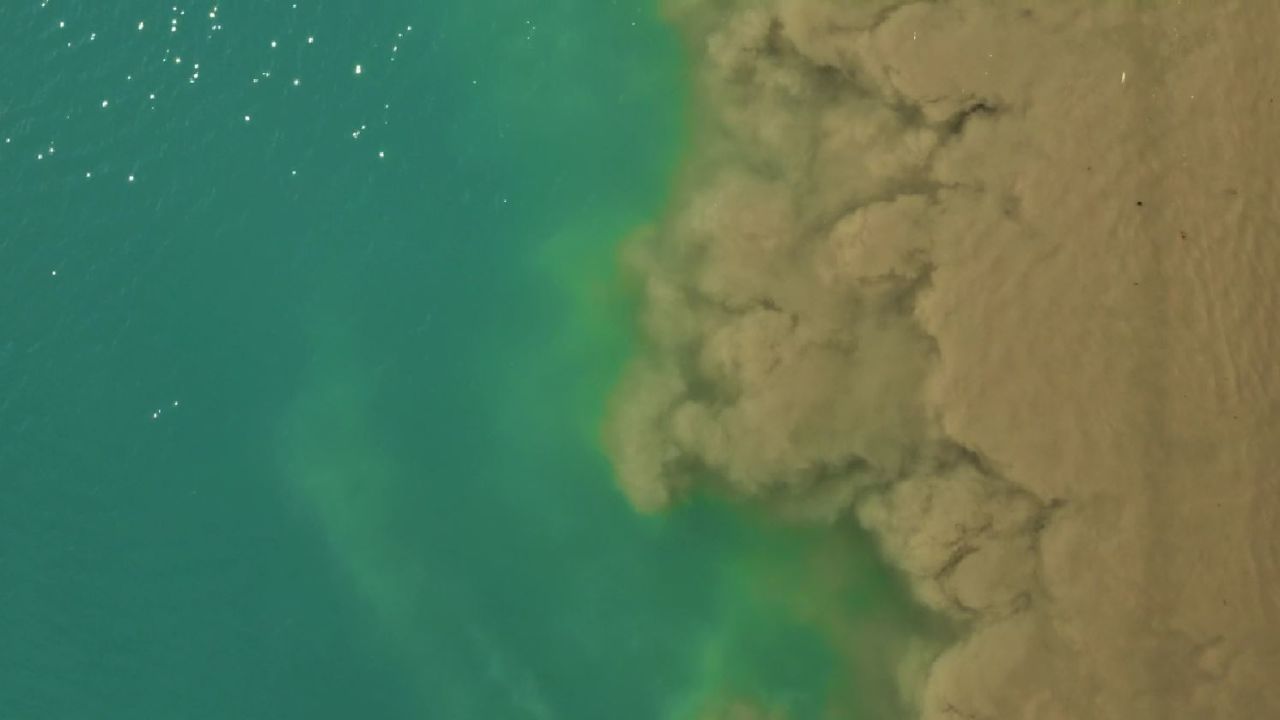
The Great Barrier Reef is one of the most complex ecosystems on the planet. Thousands of species of plants, animals and microscopic organisms co-exist in an intricate balance of nature. When one part of the environment suffers, the entire ecosystem is threatened.
Poor water quality is one of the most significant threats to the Great Barrier Reef. Pollutants create a constant pressure on Reef health, making it harder for marine life to survive and for the entire ecosystem to withstand other significant threats such as the impacts of climate change.
Many of the pollutants found on the Reef typically start their journey on agricultural land in regional Queensland. When it rains, sediment, nutrients and pesticides wash into rivers and streams that flow out onto the Reef. There are 35 major waterways, or catchments, across Queensland that run out to the Reef, the largest of which are the Burdekin, Burnett and Fitzroy catchments.
When severe storms like cyclones and flood events cause large volumes of water to flow from these catchments out to the Reef, higher levels of pollutants smother coastal habitats like seagrass meadows and mangroves, as well as coral reefs further offshore.
These flood plumes contain a cocktail of fine sediment, nutrients and pesticides, all of which can have a devastating impact on Reef health.

Flood plume from the Burdekin River captured on February 16. Credit: Maxar Technologies, sourced from ABC Australia.
Fine Sediment
Sediment, or soil, is a natural part of Reef ecosystems but excessive amounts put significant pressure on the health of inshore reefs and seagrass meadows.
When farm animals over-graze on grasses and other plants, the land becomes susceptible to erosion. A lack of vegetation can cause the land to become unstable and heavy rainfall can cause high levels of soil to wash into waterways.
The danger is particularly acute for streambanks and gullies, where rushing water can wash away tonnes of soil at a time and dramatically alter the landscape.
Once washed away, sediment travels downstream and out onto the Reef, where it smothers corals and seagrasses, blocking the light they need to grow and thrive.
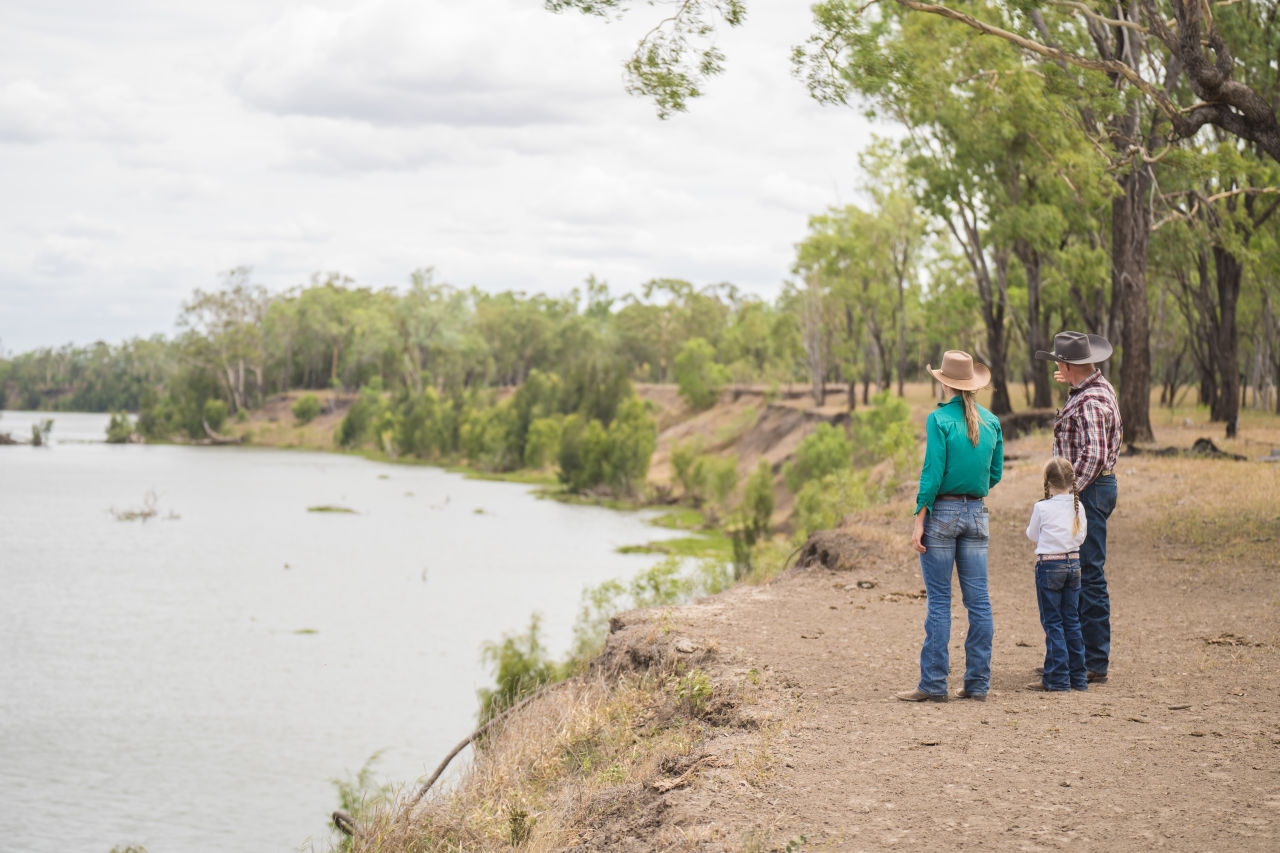
Stabilising streambanks is one of the most effective ways to stem the flow of fine sediment to the Reef. Credit: Fitzroy Basin Association
Nutrients
While “nutrients” might sound beneficial, they can disrupt the delicate balance on the Reef. Dissolved inorganic nitrogen (DIN), in the form of fertilisers, is often used on farms to boost crop growth. When it flushes out into Reef ecosystems, it increases the growth of single-celled plants called phytoplankton. This causes algal blooms to occur, which blocks sunlight and reduces coral diversity. Excess DIN can also make corals more susceptible to bleaching and disease.
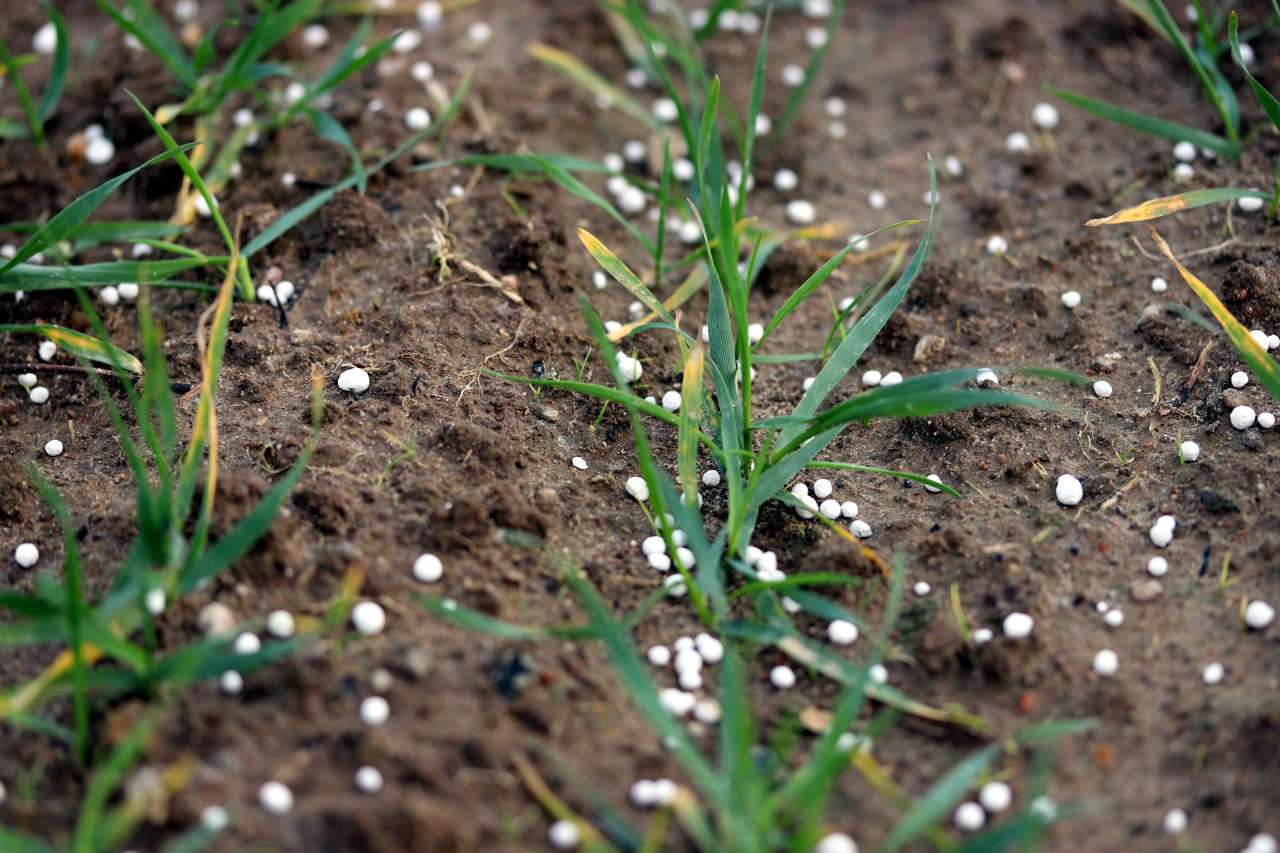
Nutrients in fertilisers, notably nitrogen and phosphorous, can harm Reef health if washed into waterways.
Pesticides
Agricultural pesticides are widely used on farms throughout Queensland to manage pests and protect crops. When it rains, these chemicals wash off the land and flow to the Reef, where they can inhibit photosynthesis in marine plant species such as seagrasses and are likely to impact coral fertility and reproduction. These chemicals can have long-term effects on the marine environment, where they may take years to break down.
Climate change, which is predicted to increase the frequency and intensity of rainfall, is likely to cause higher levels of all three of these pollutants to enter the Reef unless targeted preventative action is taken.
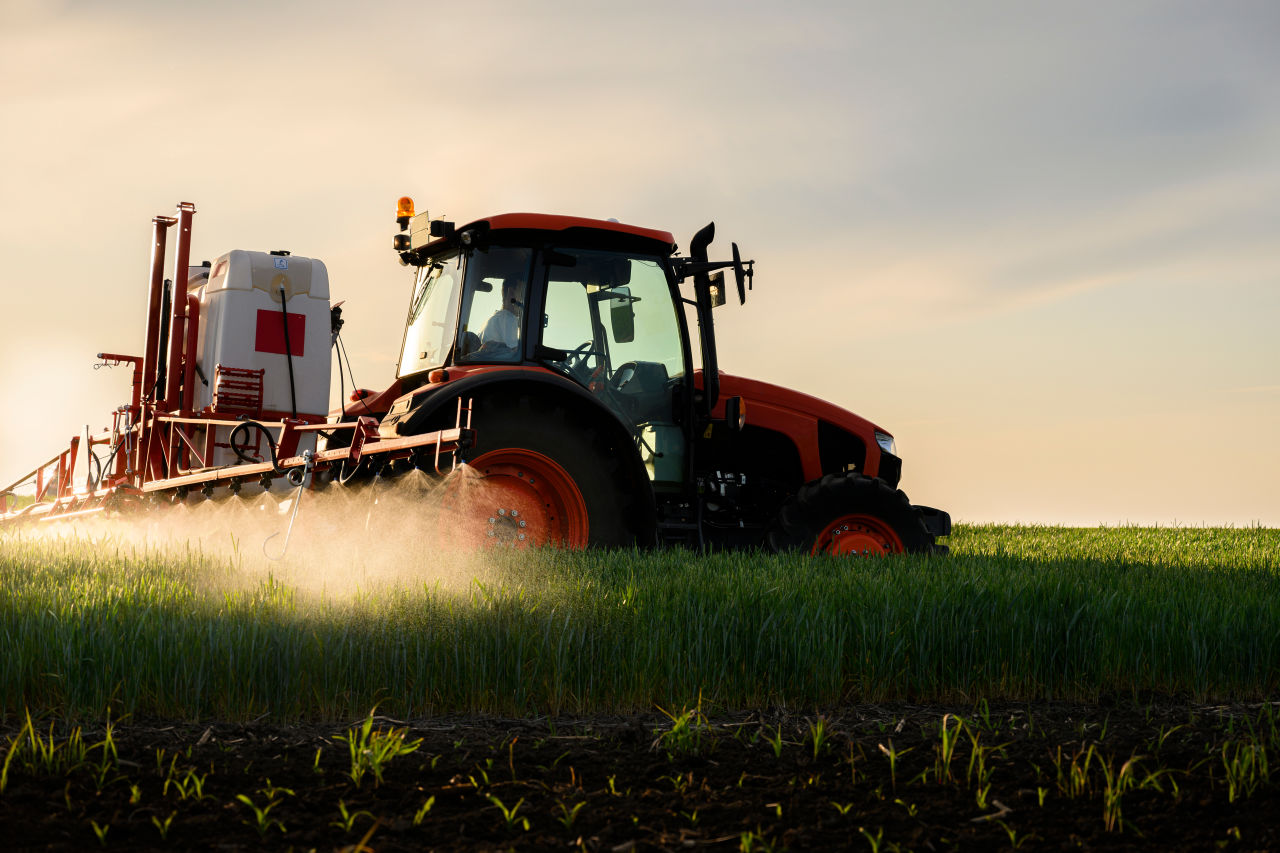
Blanket spraying of pesticides can cause excess chemical to enter the Reef ecosystem.
How we’re improving Reef water quality
Every day, Queensland’s farmers juggle global commodity markets, unpredictable weather, business decisions and the health of their land. Many have worked hard to reduce their impact on the Great Barrier Reef for more than a decade, and we’re proud to continue helping them reduce the levels of pollutants that leave their properties.
Sugarcane and grazing are at the very heart of regional Queensland’s economy, and we’re working with natural resource management groups and industry bodies from these priority industries to reduce the level of sediment, nutrients and pesticides that enter the Reef.
To reduce the pressure of fine sediment, we’re helping graziers improve the management of their livestock to ensure the land they own remains stable and healthy for generations to come. We’re also working with landholders and other partners to prevent thousands of tonnes of fine sediment from leaving the land by rehabilitating gullies and stabilising riverbanks through well-designed earthworks. After the site is stabilised, native trees and shrubs with strong roots are planted that help secure the soil and prevent erosion.
To reduce the pressure of nutrients and pesticides, we’re helping farmers adopt new technologies that allow them to apply chemicals only where they need it most and improve their irrigation practices.
#Related
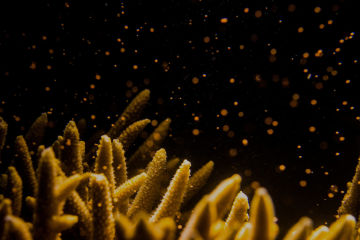
Explainers ·
What is coral spawning?

Explainers ·
Uncovering hidden species with eDNA

Explainers ·
What is biodiversity and why is it so important?

Explainers ·
